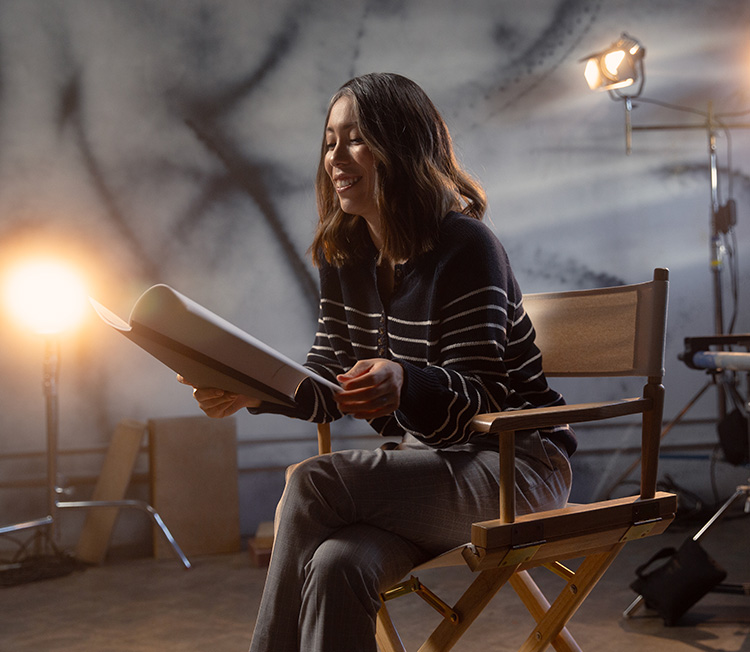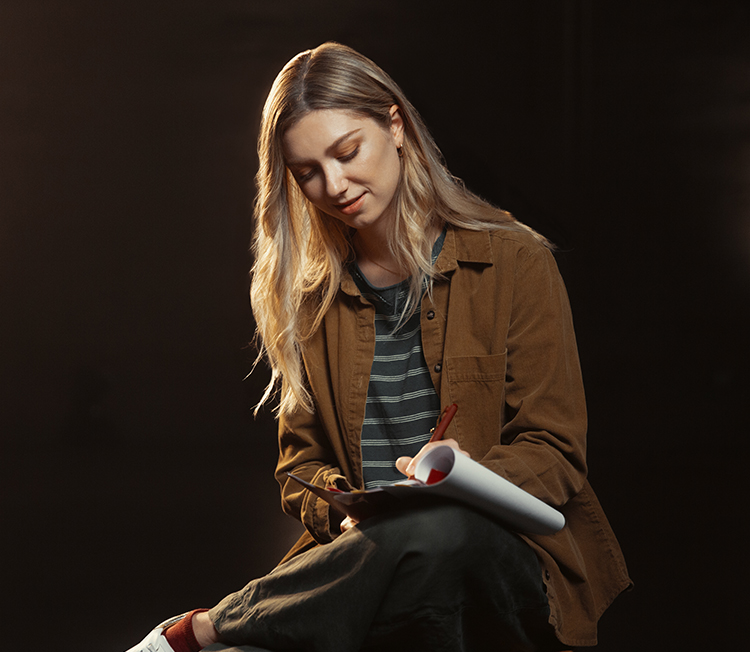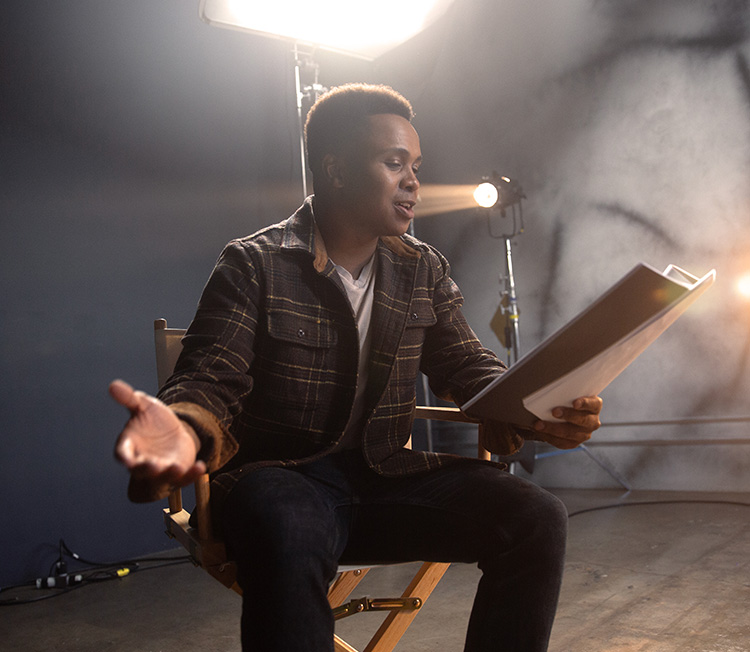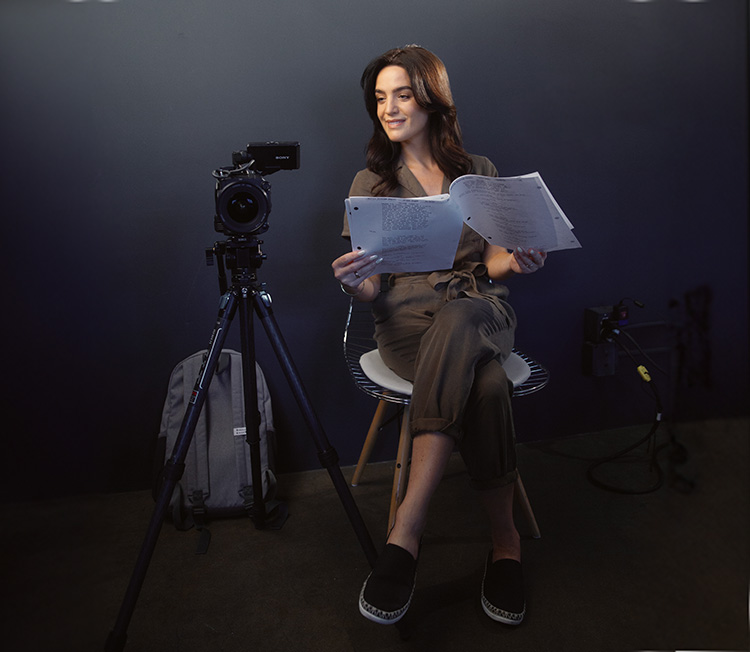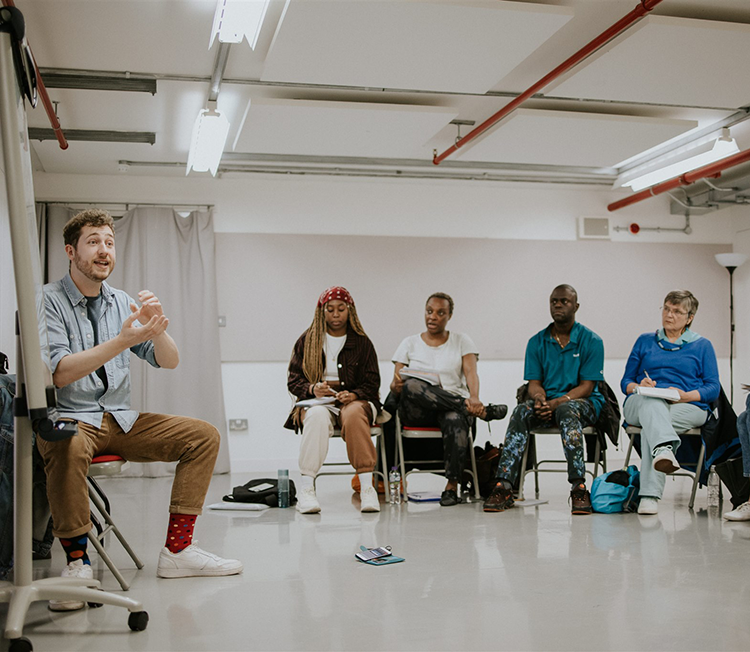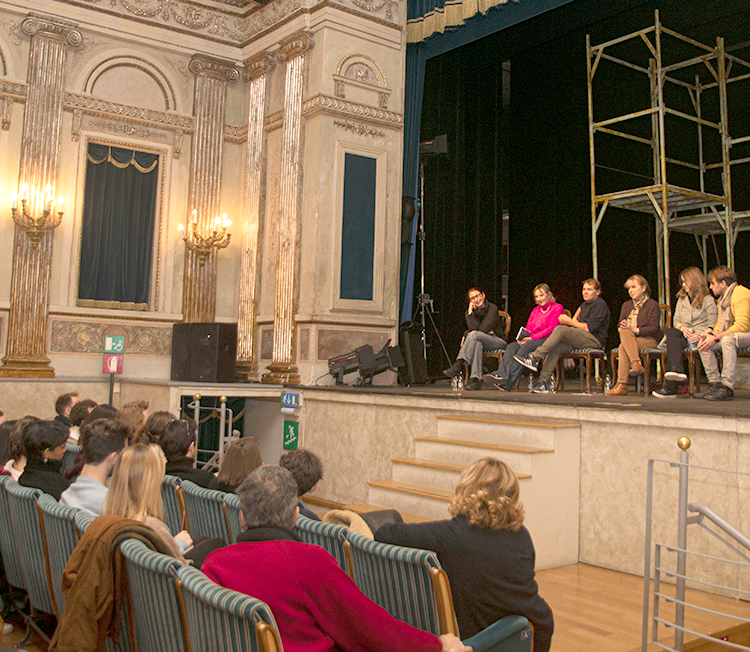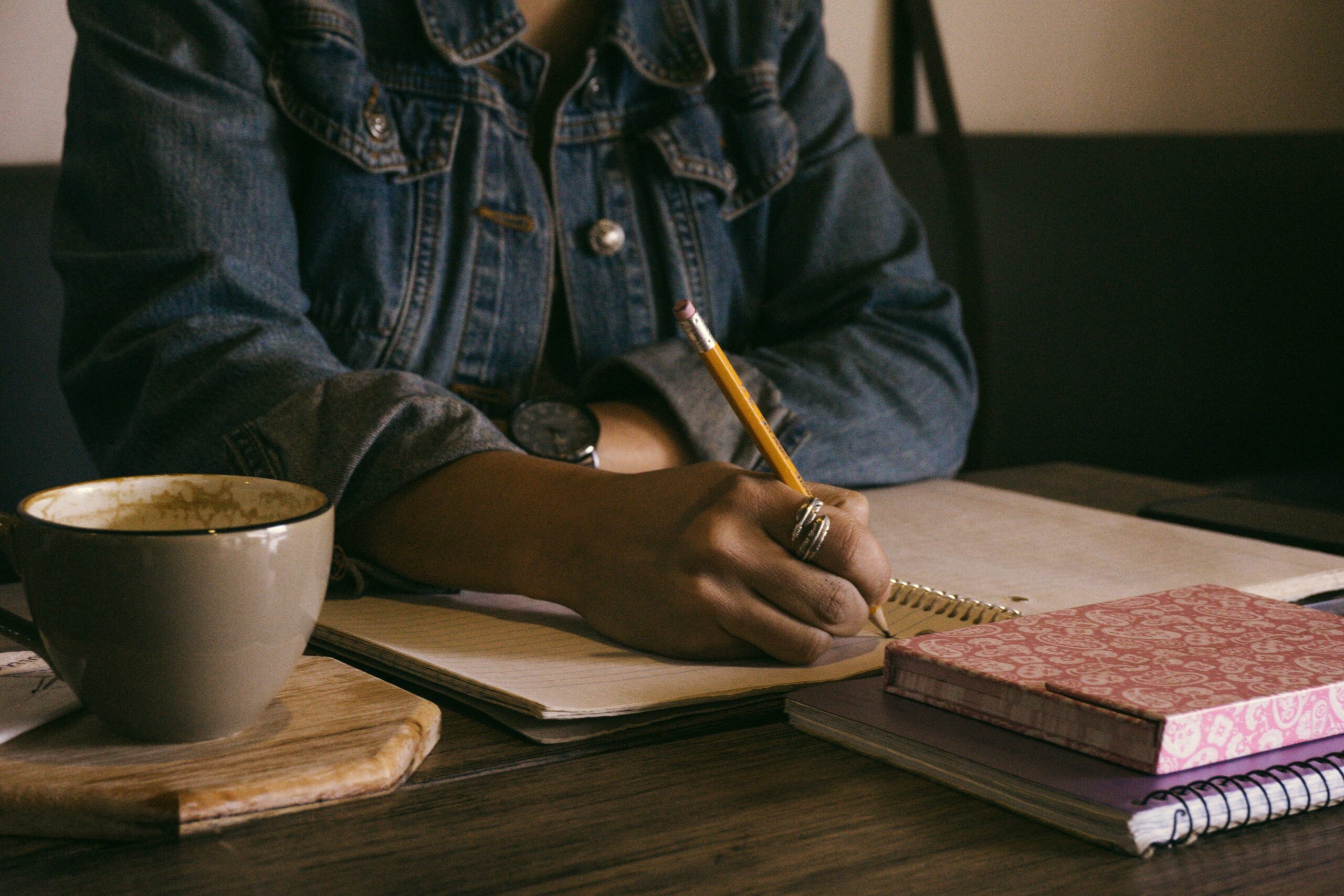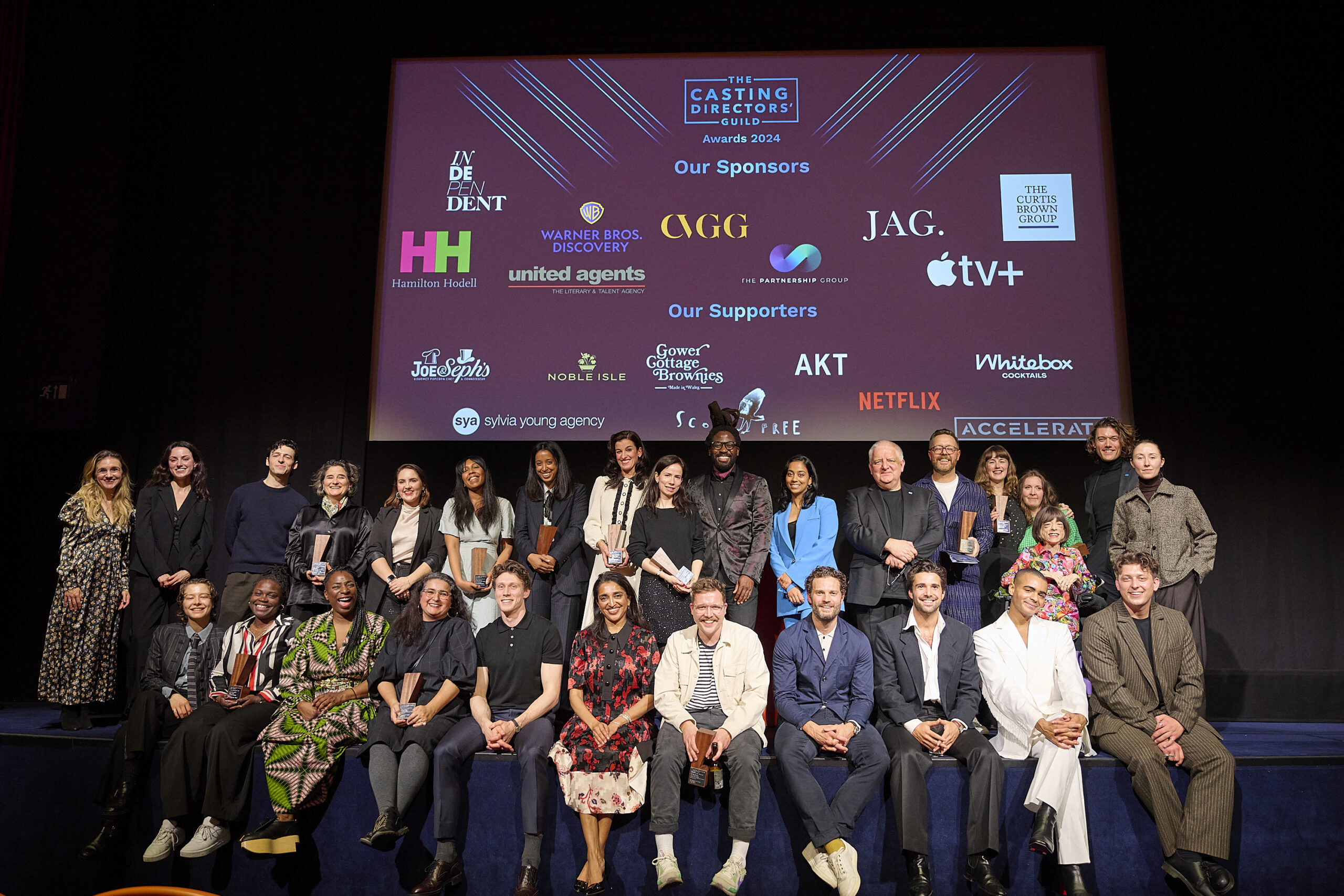Are you the kind of person whose creative energy is stimulated by being out and about with others? Struggling to find inspiration? You’re not the only one. Ilayda Arden offers up lockdown-friendly exercises to kickstart your creativity.
Removing the pressure of having to share your creative endeavours with anyone allows you to be totally free. If you can lean into the freedom of not having to impress others, you might unlock something magical
Okay, it’s happening. You’re doing your civic duty and engaging in a bit of social distancing: no more gym, no more acting workshops, no more coffee catch-ups. Cool.
Except, maybe, just maybe, it’s not so cool. Maybe, this isn’t as easy as you thought it was going to be. Maybe you start to crack – creatively speaking. I’m the kind of person whose creative energy is best stimulated by being out and about, mingling with others, or plonking myself in a cafe to watch the world go by. I mull over the things I’ve experienced and witnessed and, after a while, I’m able to create off the back of it. So, as you can imagine, by my third day of social distancing, creatively speaking, I was out of my mind!
Then I remembered that there are creative people out there who actually thrive off solitude. There are people, who actively choose to retreat to log cabins in the middle of far-flung woods to get their creative stuff done. And it works! Which means, of course, that it’s time for a big old corny reminder: sometimes all you need to be creative is yourself and some decent prompts.
Here’s a tiny selection of exercises and tips that I’ve used over the years that could keep your creative brain ticking over in these socially distant times.
Writing Exercises
Have you always wanted to write a monologue for yourself? Or perhaps you wanted to pen a play or short film but have never really known where to start. I don’t blame you. Even now, when I sit down to write A Thing, the blank page in front of me feels like it could swallow me whole. It’s very tempting to throw my laptop out the window and just binge watch Netflix instead. But I don’t. I use writing exercises to gently get my creativity flowing and ease myself into writing A Thing.
The Automatic / Free Writing Exercise
Set a timer for five minutes. Start writing and don’t stop until the timer goes off.
The first few lines are likely to be nonsense: ‘I don’t know why I’m doing this, it is so pointless, why am I wearing orange socks, what is the point in socks, I’m hungry – like the caterpillar’ – but that’s okay. Eventually, the longer you write, the more your brain will relax and allow you to feel more at ease with writing. You might even write a line or two that gets used for a poem or a line for a character or as the starting concept for something else altogether.
Once you feel more confident with the exercise, up the time to 10 minutes and then to 20 minutes etc.
The Incident Exercise
Pick an incident from your life. It can be anything: a funny accident, something tragic, or even something extraordinarily mundane like you eating porridge for breakfast. Set a timer for seven minutes and write about that incident as factually as you possibly can, with little to no emotion involved in recounting it.
Once you’re done set another timer for seven minutes and write about the incident as though it’s the single most terrible thing that’s ever happened to you. Include all the heightened emotions and as much woe-is-me language and expression that you can possibly muster.
Next, set a timer for seven minutes and write about the incident with as much ludicrous detail as possible. What colour were the grains of porridge? What brand was your cutlery? How many times did you chew?! And so on and so forth.
Give yourself different lenses through which to write about your incident and watch as it transforms into something totally different each time.
The Neighbour Exercise
At the risk of revealing myself to be a total creeper, here’s one of my favourite ways to come up with characters. You know that neighbour you always used to see but never chatted to? Or maybe the dude who works in the corner shop where you buy your milk? Who are they? What kind of life do they lead? Make a few assumptions. Write them down.
Before lockdown, what job did your neighbour do that meant they always came home at 11pm? How is Corner Shop Dude feeling about the swathes of people now buying bog roll from his shop? Why does your neighbour always listen to Sandstorm by Darude once a week on full blast? What emotional connection do you think they have to it? Keep asking questions about them and their lives, keep making up answers and suddenly – BOOM – you have a character!
Play
For quite some time now, psychologists, sociologists and others have been banging on about how play helps relieve stress, improves social skills, enhances brain function, aids self-discovery and of course, boosts creativity. So get stuck in!
Play some board games. Log in to an online platform like Skype, House Party, Messenger or Hangouts and challenge a pal to some of the in-built games available there.
Do a flipping jigsaw puzzle! Being from a theatrical background myself, I have an arsenal of fun drama and improv games, some of which can definitely be played with a household, like The Superhero Game…
The Superhero Game
I play this with whoever is with me in the house at the time. They are usually extremely reluctant to get involved because it sounds like a game for children (it definitely is, what of it?!), but by the third or fourth go, they are keen to keep the game going.
It’s basically a spin-off of a word association game. One person pairs two random attributes together and says them aloud. The other person has three seconds to come up with a suitable superhero title that encompasses those two words.
For example:
- Person 1 – Cockney Pirate
- Person 2 – Sea Geezer
- Person 2: Favourite hobby is stacking shelves, is terrified of spiders!
- Person 1: ArachnaLidl
- Person 1: Mastercraftsman, whose skin is mirrors
- Person 2: Shiny Carpenter
Some of the superhero names will be absolute belters, and others will be, well, pants (yes, Shiny Carpenter, I’m talking about you). But the point of the game is to get your brain’s rapid-fire impulses up in order to lower inhibitions and spark more creative ideas. As a comic, I’ve even used this exercise to create characters for sketch and stand-up routines.
Music is great for stress relief, stimulating memories and activating creative receptors. So if you’re blessed with musical talents and skills, why not use them?
Music and Singing
Here’s another thing that our pals, the scientists, say is really good for the brain: music. About a zillion studies researching the effects of music on the brain have been carried out (seriously, google it), and all of them broadly say the same thing: music is great for stress relief, stimulating memories and activating creative receptors. So if you’re blessed with musical talents and skills, why not use them?
The Sell Me Your Stuff Exercise
Pick a random object in your house (a spatula, a particularly nice sofa cushion, your favourite house plant) and try writing a jingle for an advert selling said random object. It’s tricky, it’s weird, and it’s totally pointless – but that’s what makes it fun and highly creative!
The Have You Got it Covered? Exercise
If you’re not after such a whacky vibe, why not pick a song to learn and cover it? If you want an extra challenge, pick a song from a genre you wouldn’t usually listen to. If you’re a musical theatre geek, try picking a grunge track and finding a way to cover it. Or if you’re massively into hip hop, why not try learning a song from Wicked?
Get Mystical
Often, mysticism gets a bad rap. We’ve heard too many stories about individuals who claim to be psychic swindling people out of their money by spinning dark stories about past life curses that need to be broken. But the truth is, fortune telling is just another form of storytelling. Ultimately, what you’re doing is combining shapes and symbols with intuition and finding a way to add meaning and tell a coherent story. What could be more creatively stimulating than that?
The Future Tea Party Exercise
Got any loose-leaf tea? if so, great! Put the kettle on and make a cup of tea with the tea leaves in the cup. Let the leaves settle to the bottom then drink up, draining your cup as much as you can. Give your cup a swirl, then leave the leaves to dry out a little. When you return to the cup, you have a fortune waiting to be told!
You could do a swift search on google about how to read tea leaves, or you could go in blind. Take a look at the soggy shapes and formations – what do they look like to you? Does that shape remind you of an eagle? What could that mean to you or whoever’s leaves you’re reading? Start building the disparate shapes and images into a story if you can. The more you do it, the easier it becomes!
The Daily Rune Exercise
Ancient runes are an actual thing. They are symbols that represented letters and cosmic principles. If you type ‘daily rune pick’ into google, you’ll get a zillion hits. Pick one, and let the website pick a rune for you. Read about its meaning, its history, what it symbolises and have a think about how it might relate to your life. If it doesn’t relate to your life, maybe it relates to the life of a character you’re working on, or maybe it helps to unlock a plot point in the play you’re writing. Whatever it is, working with symbols and images as a starting point to open your creative mind can be very useful – and adding a bit of light-hearted divination into the mix can always be fun!
These are just a small sample of my favourite approaches to keeping creative, but there are plenty more activities you can look into, from drawing exercises to daily photography challenges, to learning to crochet. Even the simple act of creating playlists for friends can be a creative challenge.
You might have read all this and thought: ‘yes, fine, but how can I create stuff without the aim of sharing it?’ And to that, I have two responses:
1. Removing the pressure of having to share your creative endeavours with anyone allows you to be totally free. If you can lean into the freedom of not having to impress others, you might unlock something magical. Some of the best work I’ve ever created was when I didn’t think there was a chance in heck it would see the light of day.
2. If you really, really want the pressure of sharing to help you create – that’s what the internet is for. Organise daily writing groups on conference calls, start a virtual book club, upload your cover songs to YouTube, ask people to submit drawings on the theme of ham and watch your inbox explode with creativity as people happily oblige!
When Ilayda Arden is not busy coordinating castings in the Spotlight studios, she can be found working as a creative producer-cum-theatre-maker who has taken work to Pleasance Edinburgh, Soho Theatre, Southwark Playhouse, The Vaults and The Junction (Cambridge).
Image by Kat Stokes via Unsplash.

